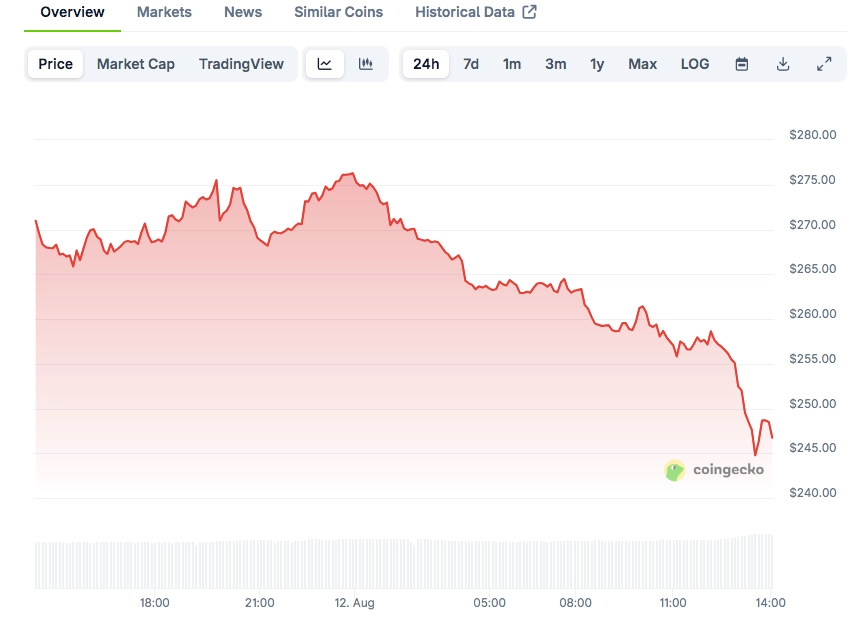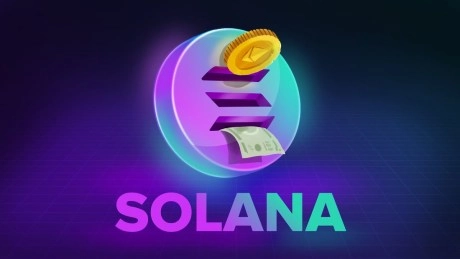- Qubics hashrate takeover allowed potential double-spend attacks and censorship on the Monero network.
- Community-led miner boycotts cut Qubics share from nearly half to under 15% in hours.
- Moneros price fell 17% in a week as traders reacted to centralization fears.
- Analysts warn low miner rewards leave Monero vulnerable to future 51% attack attempts
Monero has been thrust into crisis after a powerful mining pool seized control of most of its network. The sudden hashrate spike led to a major chain reorganization, raising fears of double-spending and censorship.
Traders reacted quickly, pushing XMR prices lower across exchanges. While the community has mobilized to push back, confidence has taken a sharp hit. The situation has left the networks long-term security in question.
Qubics Takeover Puts Monero on Edge
According to data and sources shared by Wu Blockchain, Qubic mining pool quietly accumulated dominance over Moneros hashrate for months.
This week, it crossed the critical 51% threshold, effectively gaining the power to rewrite transaction history. The attack was confirmed by SlowMists founder, who said blockchain reorganization had already occurred.
Ledgers chief technology officer estimated the operation could cost around $75 million per day to sustain. For miners outside the pool, incentives vanished instantly, as any competing block could be orphaned by Qubics power. The imbalance risked making Qubic the sole miner on the network .
Monero, a $6 billion market cap privacy coin, faced an immediate threat to its decentralization. At one point, it was suggested that a $300 million operation was overpowering the entire chain.
Community Response Cuts Attackers Hashrate
The Monero community launched coordinated efforts to drain Qubics control.
Boycotts and miner redirection campaigns slashed the pools hashrate from nearly 45% to under 14% within hours, according to data cited by AlvaApp. This rapid shift highlighted how social coordination could counteract centralization.
Still, damage to sentiment was clear. Market fear spread as traders weighed the possibility of another coordinated attack. Price volatility increased sharply, with intraday swings reflecting uncertainty. Social media discussions were split between relief over the quick recovery and anxiety over the underlying weakness.
Despite the pushback, the incident exposed how low mining rewards leave Monero open to such events. Analysts said future attacks could happen unless economic incentives for miners improve.
Monero (XMR) Price Drop and Ongoing Risk
CoinGecko data shows XMR trading at $248.68, down 8.5% in 24 hours and 17.5% in seven days. Selling pressure spiked during the attacks peak, with liquidity thinning on smaller markets. Technical indicators suggest oversold conditions, but traders remain cautious.
 XMR price on CoinGecko
XMR price on CoinGecko
Long-term, developers and community leaders may need to propose protocol changes to prevent concentrated mining power. Until then, Monero remains in a fragile state, with recent events serving as a stark warning about the cost of complacency in network security .




